Gir National Park - Conservation Success Stories
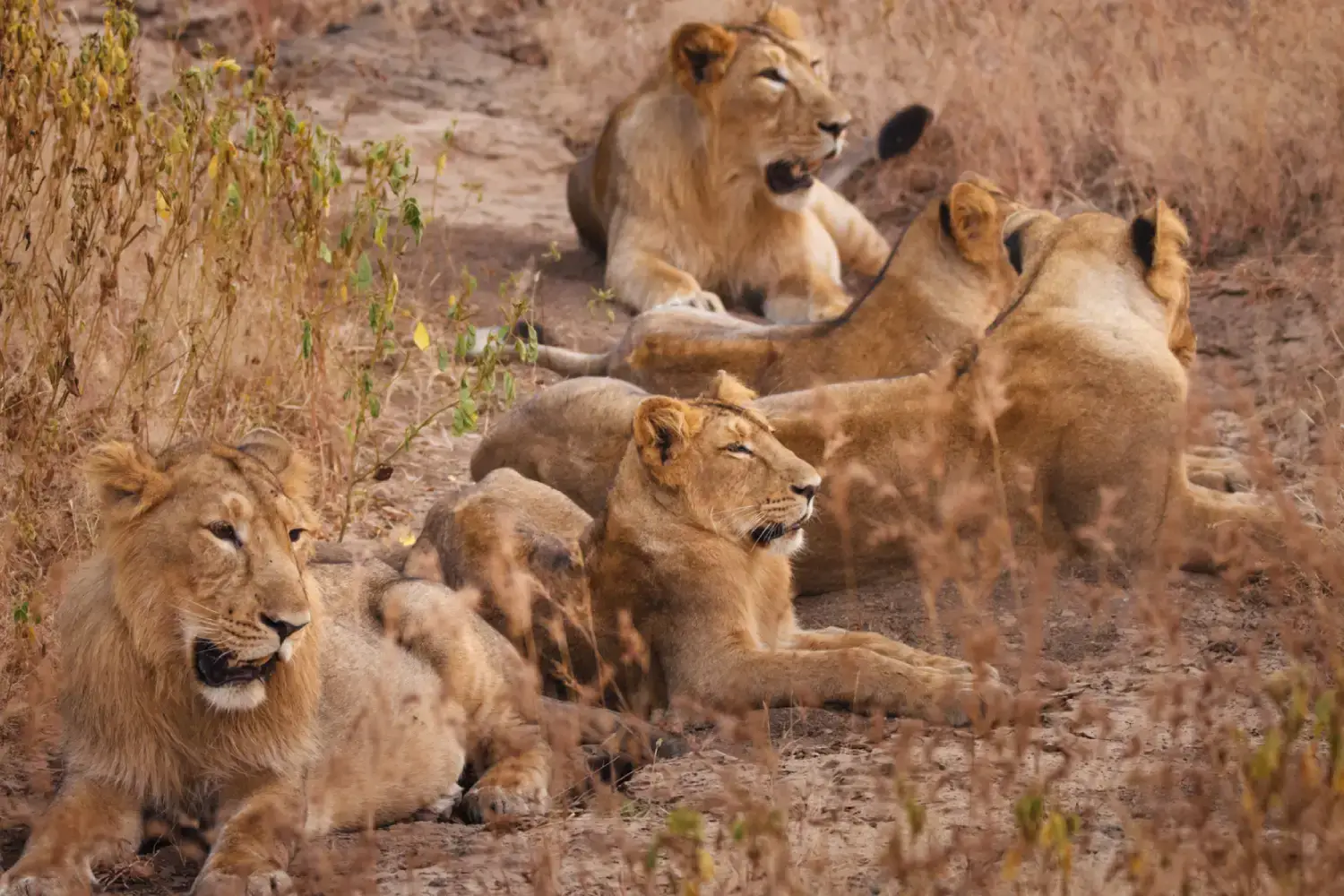
Latest Update : For the upcoming season 2025/26, safari bookings are open for Gir National Park. Always book your safari in advance.

India's Gir National Park which is located in the TalalaGir, Western State of Gujarat, is an amazing example of the achievements made in the effort to conserve or save wildlife, especially the Asiatic Lion. Thanks to the park's conservation initiatives, it is now a sanctuary that not only preserves these incredible animals but also acts as a display for one of the world's biggest conservation success stories.
This article covers the history of the conservation of Gir National Park, the government's role in the step-by-step process to save Asiatic Lions in India, and the subsequent increase in lion populations and wildlife tourism.
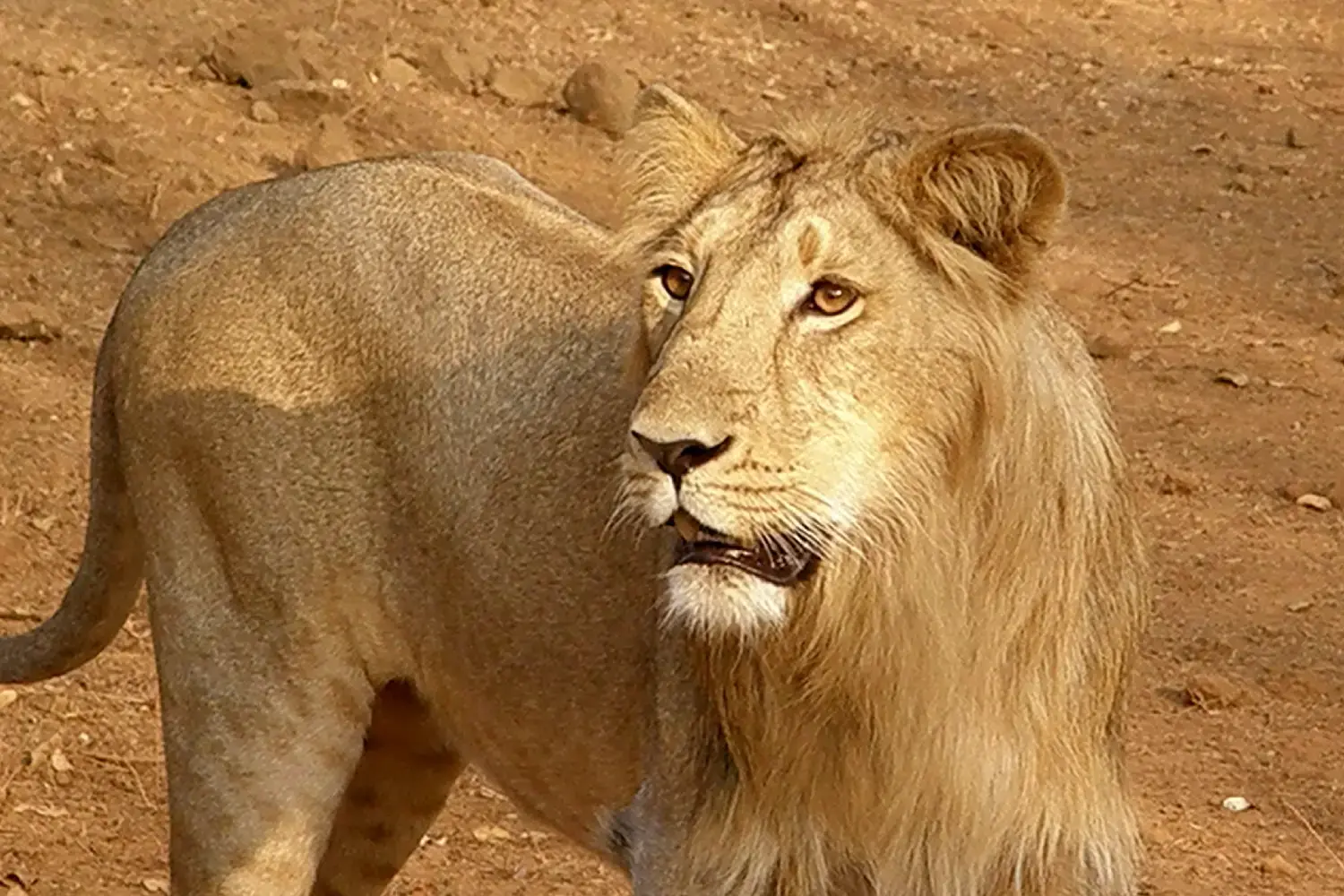
The Asiatic lion's (Panthera leopersica) last remaining habitat is SasanGir National Park, also known as Gir National Park. The park which covers an estimated 141 square kilometers is known for its rich Biodiversity, it's essential for the survival of these species since SasanGir National Park is the only place in Asia where Asiatic Lionsare found in the wild. By the early 19th century hunting and habitat destruction were bringing these lions dangerously close to extinction. At the time of the inspection in early 1965, the lion population of Gir National Park was only about 180 lions. Thankfully, a secure refuge for their existence has been provided by the establishment of Gir National Parkin 1965 along with the conservation efforts. Now the Country vaunt to have 674 Asiatic Lions in the Country.
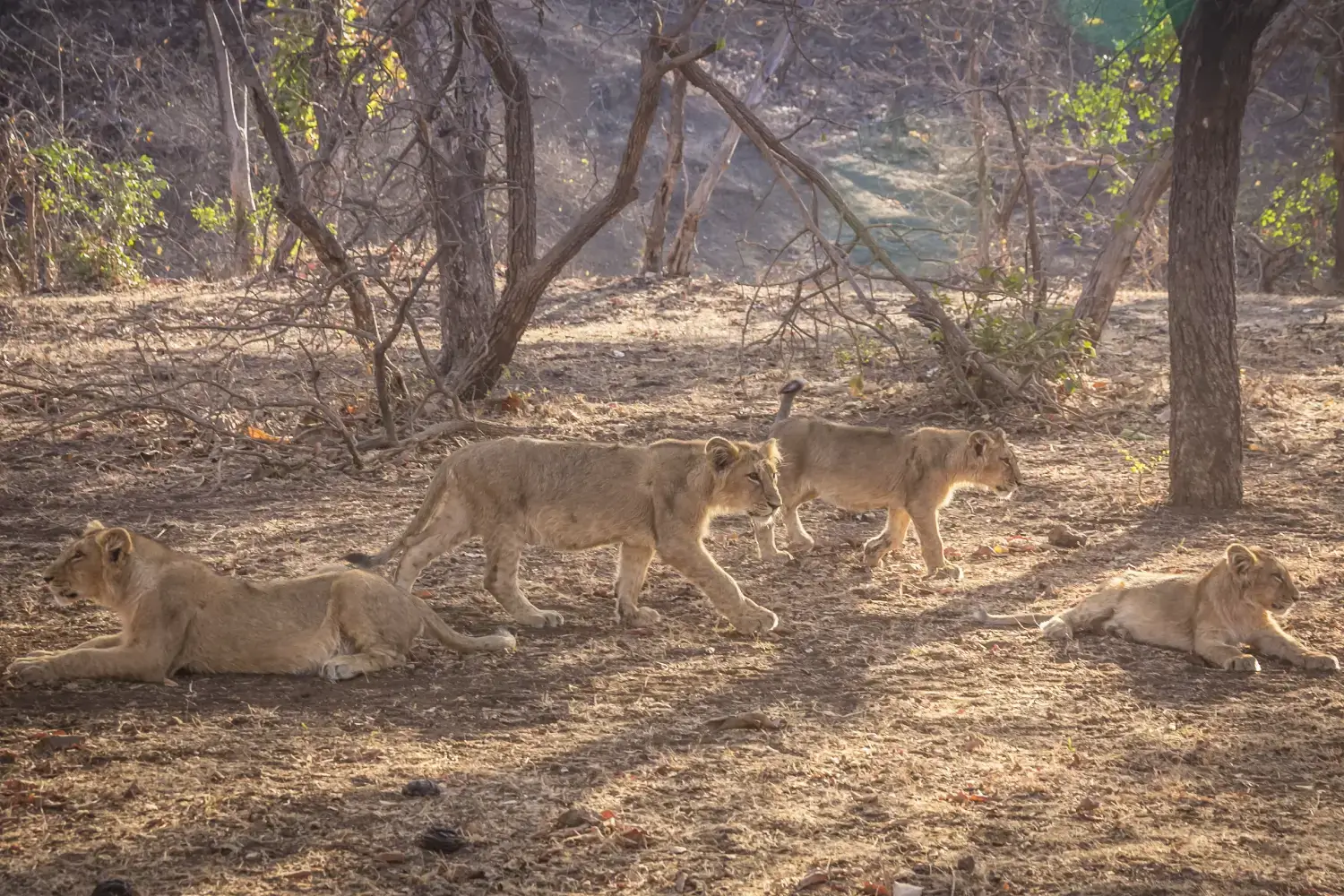
Today, India is the only country where Asiatic Lions survive in the wild. Unfortunately, this does not always happen all the time, in the past Asiatic lions were found in southwest Asia and a large part of the Indian subcontinent. Historically suggests that Asiatic Lions are found in the Indo-Gangetic plains to the east of Bihar. In the 18th Century, the Maharajas and Britisher officers moped most of the lions from North India. They hunted the lions for many years in Sindh, Madhya Pradesh (1860s), Rajasthan (1870s), and in north and eastern Gujarat (1820s and 1880s).
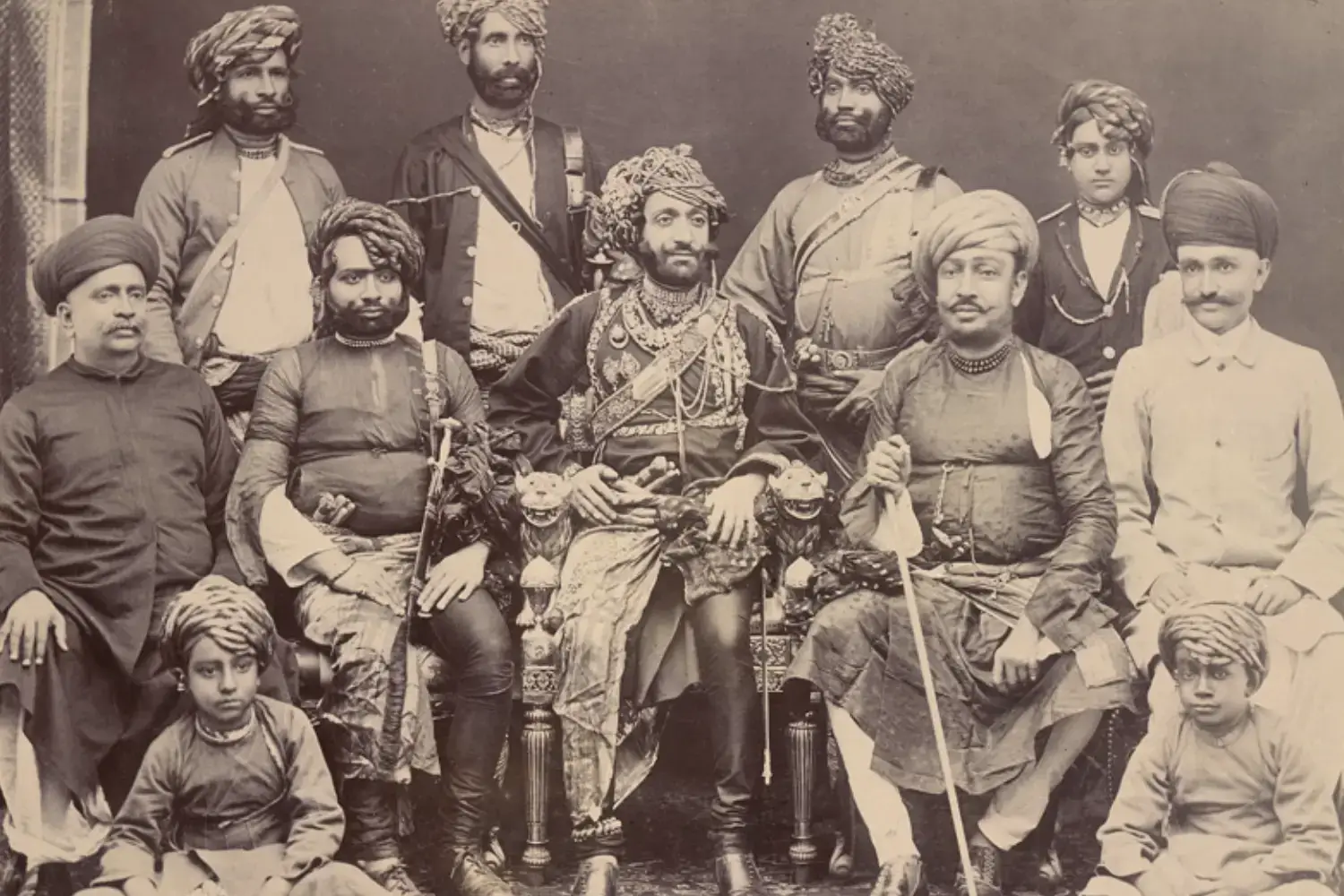
History of Gir National Park which is situated in Gujarat was founded by the Nawab of the princely state of Junagarh when they saw the hunted Lions by the neighbor Maharajas and a British officer. It is believed that the Nawab of the princely state of Junagarh makes laws on the protection of Asiatic Lions.
Nawab MahabatKhanji (1851-1888), the 6th Nawab conserved these lions and made rules that banned all kinds of hunting, and if they want hunting or trap some animals, they received some specific permission from the state. But after this restriction, all the officers and maharajas continue hunting. The next rule came in 1892 by Nawab Rasul Khanji (1892-1911), he banned the killing of peacocks and especially made rules for the Lions “could only be shot by special permission of the state for special reasons and circumstances”, you can read on this “How the GirLions Were Saved”.
Nawab MahabatKhanjiIII also continued this project and only allowed permission to hunt in October 1947 (before Independence), when he left, there was no protection for the lions and he continued to hunt lions and other species. The lion species declined and the population of lions is almost half of the percentage, in 1963 there were 285 lions, and in 1968 there were about 166.
In 1965, the Government of India, Forest Service noticed the decline of Lions and took charge of this and set up a wildlife sanctuary program for Asiatic Lions and continued the rules and program which was created by Nawab and made the Nawab's Gir a Wildlife Sanctuary. The Asiatic Lion population increased from 177 at the start of the program to 359 in 2005 and 674 in 2020. “According to the information and Prejudice: Conservation Issues Affecting the Asiatic Lion”
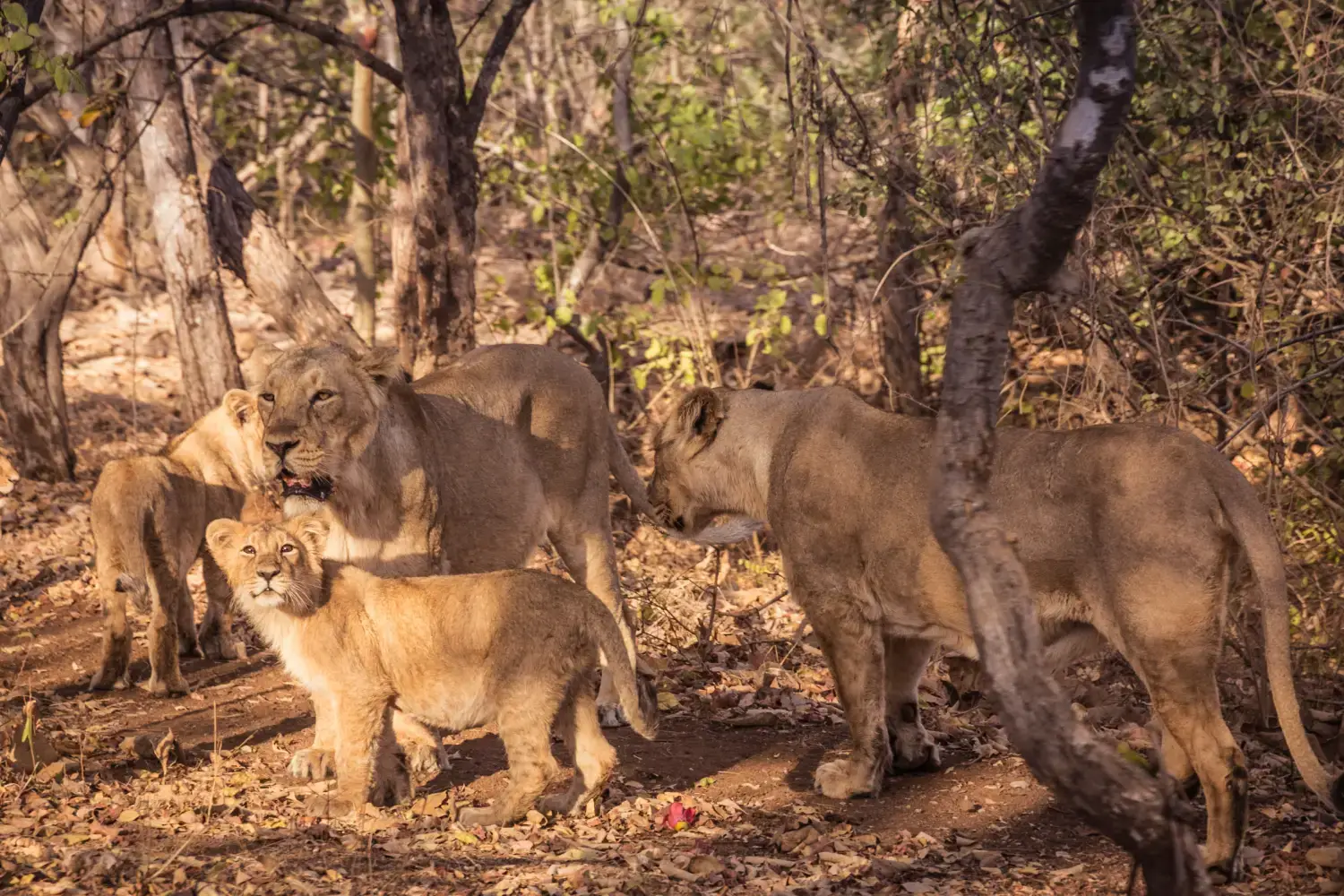
The governmentmaking many efforts for theconservation of Asiatic Lionsand rescue operations. The government provides medical facilities to the Gir animals. The forest department has a very detailed method to conserve the Asiatic Lions, the guards patrol every hour “SinhAvlokan Report”, according to this report the guards are sent to the range and divisional offices, to ensure the uncommon movement of the villagers, lion activities, pride number and ensure the GPS location all the time for readings, etc. When Narender Modi was the Chief Minister of Gujarat, he made the conservation team for the Gir National Park with immediate sanctioning of a separate budget, for the long-lasting conservation of the Species. This increases wildlife tourism in Gujarat.
In 2018 the Government issued some more projects to conserve Asiatic Lions- "The Asiatic Lion Conservation Project will strengthen the ongoing measures for conservation and recovery of Asiatic Lions with the help of state-of-the-art techniques, regular scientific research studies, disease management, modern surveillance techniques," Union Minister Dr. Harsh Vardhan said at a review meeting. The government contributes a ratio of 60:40 for central and state governments.
In 2020, Prime Minister Narendra Modi announced the project which aims the habitat development by engaging modern technologies in management as well as in addressing the issue of diseases in lions. The government also relocated the location of the Asiatic Lion because the population has low genetic diversity, which makes the threats of extension from epidemics.
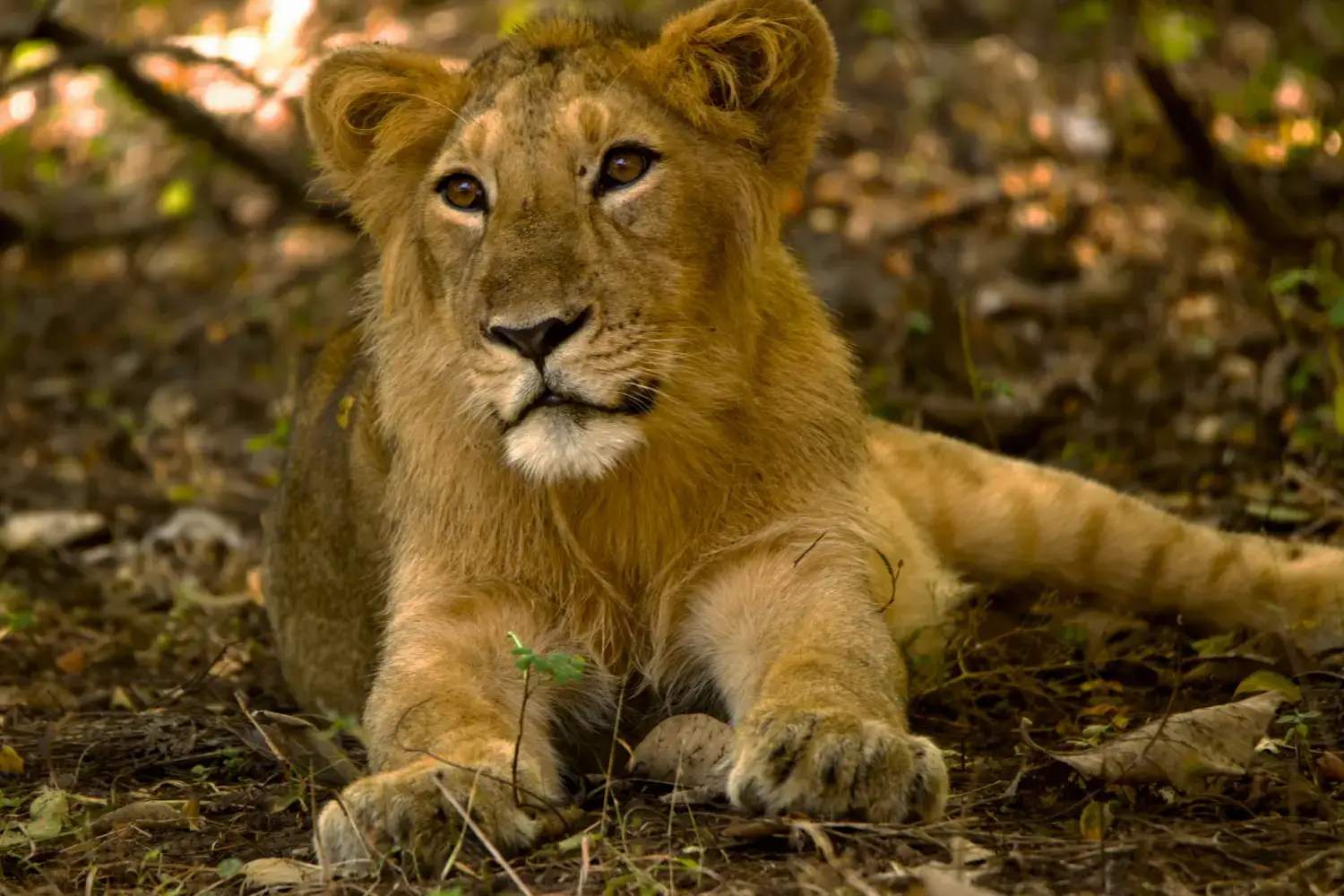
Local communities and non-governmental organizations have been important in the conservation of the Gir ecosystem and in protecting the Asiatic lion population. NGOs like the Wildlife Conservation Trust and the Lion Guardians Program keep an eye on the Asiatic Lion numbers to decrease the conflicts between humans and wildlife and advance sustainable tourism in Gujarat. There are approximately 3,680 open wells in Gir National Park and 275 of those wells have been created by these programs.
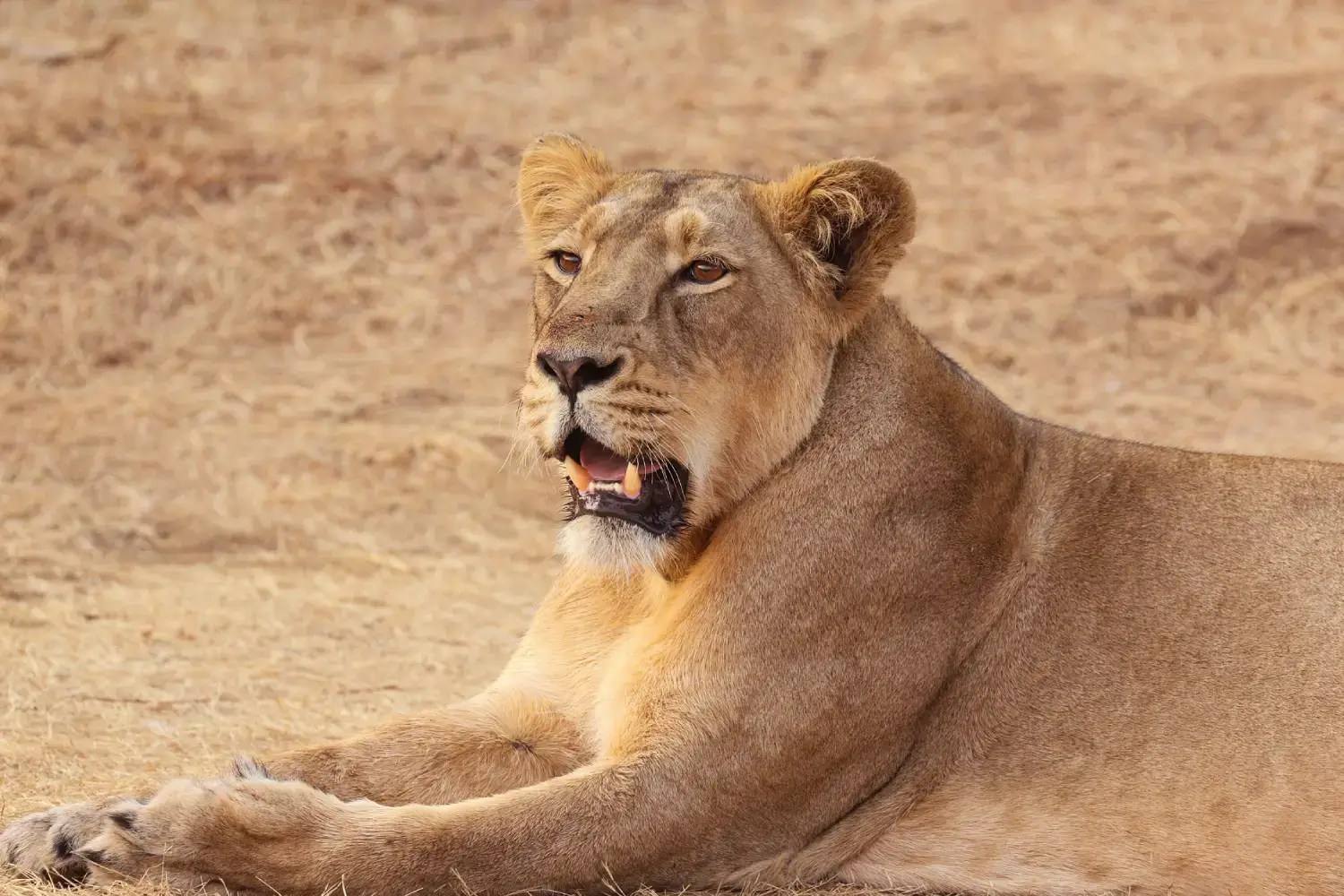
In 2020 census, the Gujarat Forest Department announced the population of the Asiatic Lion in Gir National Park. A total of 674 lions are recorded, up from 523 in the 2015 lion census. This is a huge increase in the population of the lions. This number was observed by the exercise which is known as the Poonam Avlokan, a monthly full-moon observation in place of the 15th Lion Census, which was postponed due to the COVID-19 pandemic. Poonam Avlokan exercise was conducted in the 2015 census and has shown that the number of lions has increased by 29% since 2001. Furthermore, the lion's range geographically increased in 2015 to 22,000 square kilometers, and in 2020 the range increased to 30,000 square kilometers. This represents an increase of 36%.
Achievements of the Gir National Park Conservation efforts show effective wildlife presentation. The importance of SasanGir National Park in Asiatic Lion conservation is immense, as it represents the impressive refuge center for those species that are found only in the Gir Park. Through Government conservation efforts, including legal protections by the Nawabs (before independence) and by the NGOs, habitat restoration and community engagement. TheGir ecosystem conservation program has been improved with the help of Wildlife Conservation and the Lion Guardians Program. Gir has become one of the biggest conservation stories amongst the other wildlife sanctuaries, and because of this unique species, Gujarat's wildlife tourism has increased.